Killing Floor is a series I’ve always thoroughly enjoyed but never truly loved. Based on the few hours I’ve spent playing Killing Floor 3, this latest entry could be the one to push the co-op shooter from something I eventually tire of to one I end up returning to for years.
That is, of course, a scenario that will require a lot of things to come together. Will the metagame be sufficiently interesting over a long period of time? Will no competitor emerge to capture the community’s attention? Will the post-launch support be consistent and long-term enough to keep players coming back? On that last point, at least, I’m confident, given the extensive array of updates for Killing Floor 2 that have rolled out for the better part of a decade.
The answers to the other questions are unknowable for this or any game in advance of its release and will require dozens of hours of playtime to determine. But what I’ve seen so far of Killing Floor 3 is an encouraging and exciting base that I’m eager to spend more time with.
The most immediate and obvious change, even before getting into a match, concerns how classes work. I’d always found the previous name for these–perks–confusing, since that term evokes individual skills, rather than classes. These are now referred to as specialists as part of a broader change that, not unlike Rainbow Six Siege or the early version of Battlefield 2042, pair a specific character with what would have previously been referred to as a perk. That has the potential downside of forcing you to adopt a particular look you may not care for in order to get the benefits of playing as a particular class. But the real challenge to me in picking a specialist was forgoing the special abilities that others would have access to, because I found every one of them so fun to use.
These abilities are cooldown-based, allowing you to freely use them over the course of a match; you just need to weigh the right time to deploy them, lest you find yourself in dire need and unable to use it. I initially played as the Firebug character, Devlin, who has access to Wildfire, an ability that slams the ground and deals an area-of-effect attack. The immediate and devastating impact of this, which comes with the benefit of also dealing with enemies behind you, made it incredibly useful, not to mention making me feel like a hero for leaping in and saving my group from being overwhelmed on several occasions.
The gadget available to the Ninja–one of two brand-new specialist types alongside the Engineer–also proved to be a great deal of fun. It’s a grappling hook that pulls you to an enemy to deal a burst of damage and conveniently puts you within range to start slicing away with your katanas. But beyond the inherent utility of rapidly relocating, you’ll also annihilate the enemies you make contact with on your way.
Ninja was initially the specialist I was least interested in trying; I often find melee weapons in gun-centric games to be underwhelming, not to mention the potential difficulty of learning the game while actively putting myself in harm’s way. Much to my surprise, Ninja might have been the most entertaining specialist of the bunch; not only does slicing through Zeds with katanas feel great, but having access to bows and shurikens provides enough long-distance options that I felt I could back off at times and still be effective. (You can still also buy any weapon, regardless of which specialist it’s associated with.) The shurikens, which can be very rapidly flung at foes, have a satisfying metallic shink to them that encouraged me to back off every now and then just so I could use them.
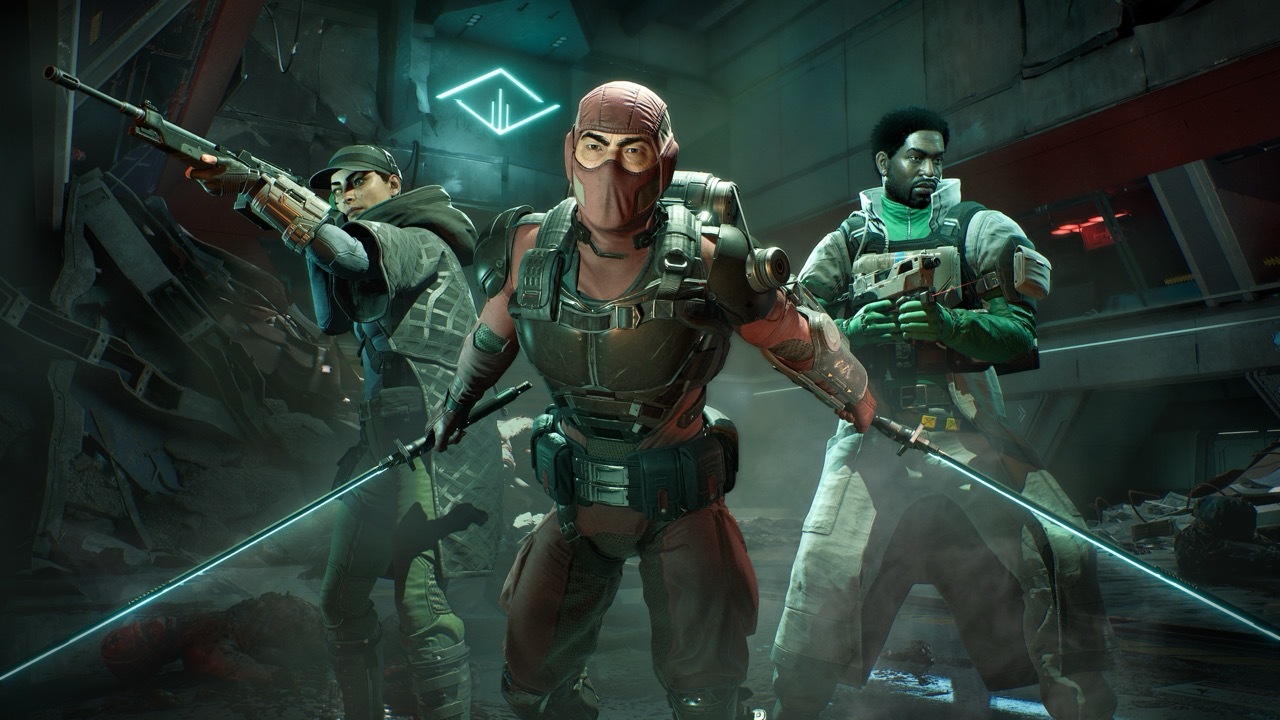
Gallery
Much as I enjoyed each specialist’s ability, my favorite was easily the Sharpshooter’s Death Hand, which is effectively just the homing arrow that Yondu of Marvel fame uses. Deploy it and it begins zipping around, slaying enemies quicker than you’d be able to target them yourself. It’s a thrilling display, not just killing enemies but flinging their bodies to the ground through the sheer impact in a way that had me eager for its cooldown to reset so I could do it all again. You can keep firing your weapon as the arrow does its thing, although I found myself instead standing back and admiring its handiwork. It’s possible that enjoyment will wane after using it in match after match, but my initial impression was that this is one of the most entertaining attacks I’d ever used in a video game. It’s that good.
Part of what makes Death Hand so much fun to use is the weight behind this and every attack. There’s a real heft behind each bullet fired, with Zeds recoiling as they absorb the blows. I’ve never quite clicked with Call of Duty’s Zombies modes in part because shooting its zombies doesn’t feel as satisfying as I hope, perhaps because the core mechanic is primarily designed around combat against quick-to-die players.
Killing Floor 3 feels better than the series ever has. Through great sound design and the way enemies are staggered by attacks, you never feel as though you’re firing mushy peas against a cardboard box. Even heavy-duty enemies who are difficult to kill react to your gunfire, and the ability to target weak spots to temporarily stagger them provides momentary reprieves that also help to mitigate any sense that they are bullet sponges.
Zed Time makes a return in Killing Floor 3 with an added dose of welcome predictability. Rather than being chance-based, a meter at the top of the screen shows your progress toward triggering it. As before, it slows down time for everyone, letting you easily line up headshots or process your surroundings and have a moment to decide your next action. Kills during this time extend the duration of the effect, while there is a brief period after it ends during which your kills don’t contribute to your next Zed Time. What makes Zed Time here even better is that all nearby enemies are highlighted in red, including those behind walls and other obstacles. That gives you a real edge in combat, which can become chaotic, as well as the ability to line up headshots before an enemy has even rounded a corner.
Beyond the sheer utility of Zed Time, though, is the fun of seeing the game’s gore system, known as MEAT (Massive Evisceration and Trauma), at work in even gorier detail. Moving from less graphically violent shooters like Marvel Rivals or even Call of Duty: Black Ops 6 to Killing Floor 3 is jarring at first, to say the least: Heads go flying off into the distance, blood gets everywhere, Zeds missing their bottom halves desperately crawl toward you, bodies explode. Developer Tripwire clearly isn’t holding back here, going over the top with its gore in a way that feels fun and silly, in a classic Evil Dead kind of way. It can just be hard not to waste some of your precious Zed Time beholding the impact that a slice of your katana has on a Zed in slow motion.
Other positive additions include an execution system, which, much like modern Doom’s Glory Kills, allows you to approach low-health enemies and finish them off with a gruesome attack. Doing so means needing to get close, but the upside is the damage these attacks deal to nearby foes, lending a nice risk-and-reward element that provides another strategic consideration in the heat of combat.
The time between rounds also now affords you more things to do. Rather than simply running to the trader pod to stock up on new weapons or ammo, or physically flinging your excess cash to share with teammates, you’ll find objects throughout the environment to destroy, as well as certain doors and devices that can be activated using a Multi-Tool, one of the consumable tool options. Ziplines, sentry guns, and armor lockers are among the things that are inactive until a Multi-Tool brings them online, and all of which can provide life-saving getaways or assistance. While Multi-Tools can be used during a round, quick players can purchase one from the trader, activate some devices, and then swap to another tool for use during the round itself. (There’s also now a menu-based way to share cash with teammates, but you can still just chuck cash on the ground, too.)
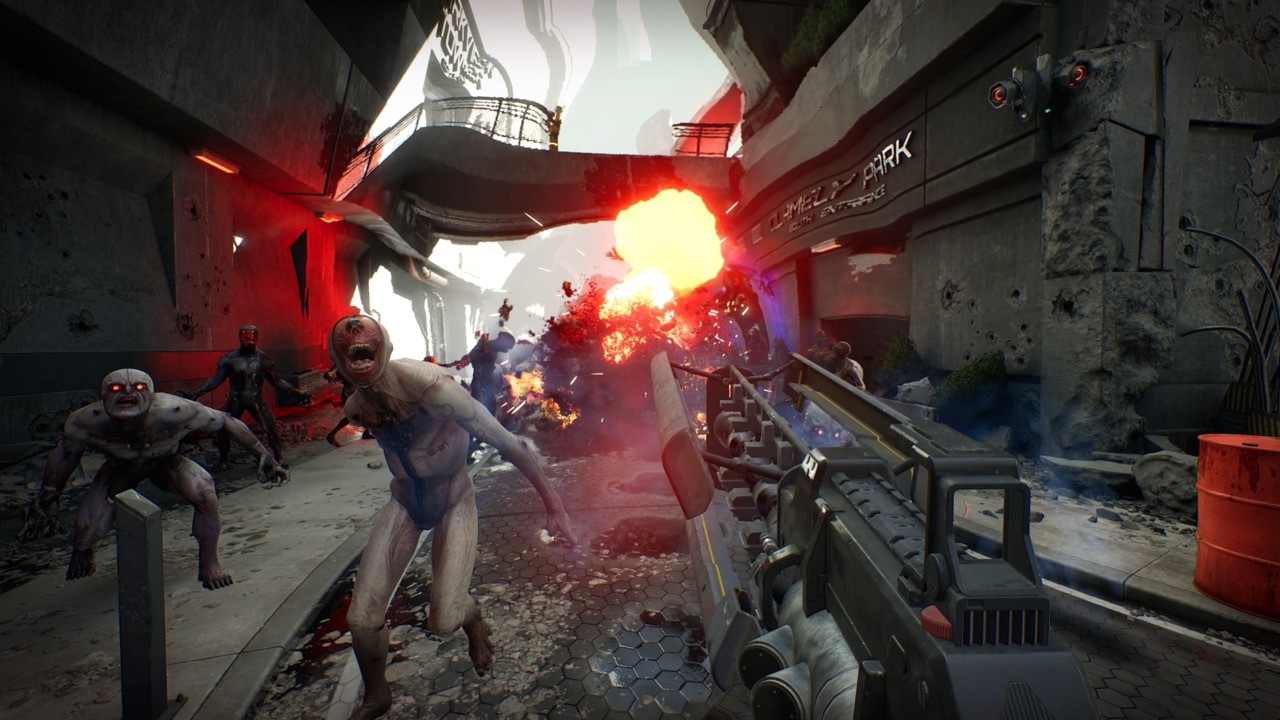
Also scattered throughout levels are destroyable objects, which grant cash for the current match and crafting materials for use in a new hub area between matches. I do worry that taking out these objects could become a rote objective over time as you memorize their placement and take them out match after match, but the broader attempt to spice up this downtime period is welcome.
Whether destroying those speakers and other objects eventually becomes boring or not, doing so might prove worthwhile in the long term to provide yourself with more crafting materials, which are also gathered from killing Zeds in various ways. Crafting is a system I didn’t get to spend much time with, but you’ll be able to create mods to attach to weapons, versions of which you’ll then buy during a match. But even without having done any crafting myself, the lineup of weapons available at the trader included versions with randomized mods. The effect of some mods was unclear to me as I rushed to get things done between waves, but it’s clear that aside from simply improving their performance, they can have major effects on weapons. They might dramatically alter the size of your magazine in exchange for certain benefits or concessions, change their damage type (thereby altering the types of enemies and armor they’re effective against), or add entirely new effects–at one point, I got a grenade launcher with freezing rounds. Suddenly a weapon I’d otherwise only use to attack large groups of enemies had a new utility in temporarily halting the advance of whole groups of Zeds. This one example might overstate the overall impact mods will have on the average match, but the additional diversity they might bring to weapons is very promising.
Alongside mods, the other big progression system involves skill trees for each specialist. Upgrades for Killing Floor 2’s perks always struck me as underwhelming–yeah, better reload speeds or higher damage are all well and good, but they’re not terribly exciting, nor do they really affect the way you think about a combat engagement. While there remain some simple percentage-based upgrades in Killing Floor 3’s skill trees, they seem to often be paired with an additional effect to factor into your playstyle. For instance, a Firebug upgrade that grants faster reload speeds also makes it so that every reload damages nearby enemies and causes them to panic, interrupting their advance. This encourages you to consider your positioning each time you reload, and it’s these kinds of possibilities that get me excited about upgrading each specialist. Combine an upgrade like that with a weapon that can be reloaded early and often, plus one of the Ninja’s melee weapons, and what does combat look like? I can’t wait to play around with all of the potential options.
With cross-play across all platforms, the promise of weekly mutations that can potentially shake up matches to keep things fresh, great metal music that amps up the intensity, player-specific objectives to attempt alongside slaying Zeds, and a history of great post-launch support, Killing Floor 3 looks like a killer co-op package. Only extensive time will tell if it can sustain itself in the long-term, but right out of the gate, Killing Floor 3 should be a blast. It’s set to release on PC, PS5, and Xbox Series X|S on March 25 for $40.
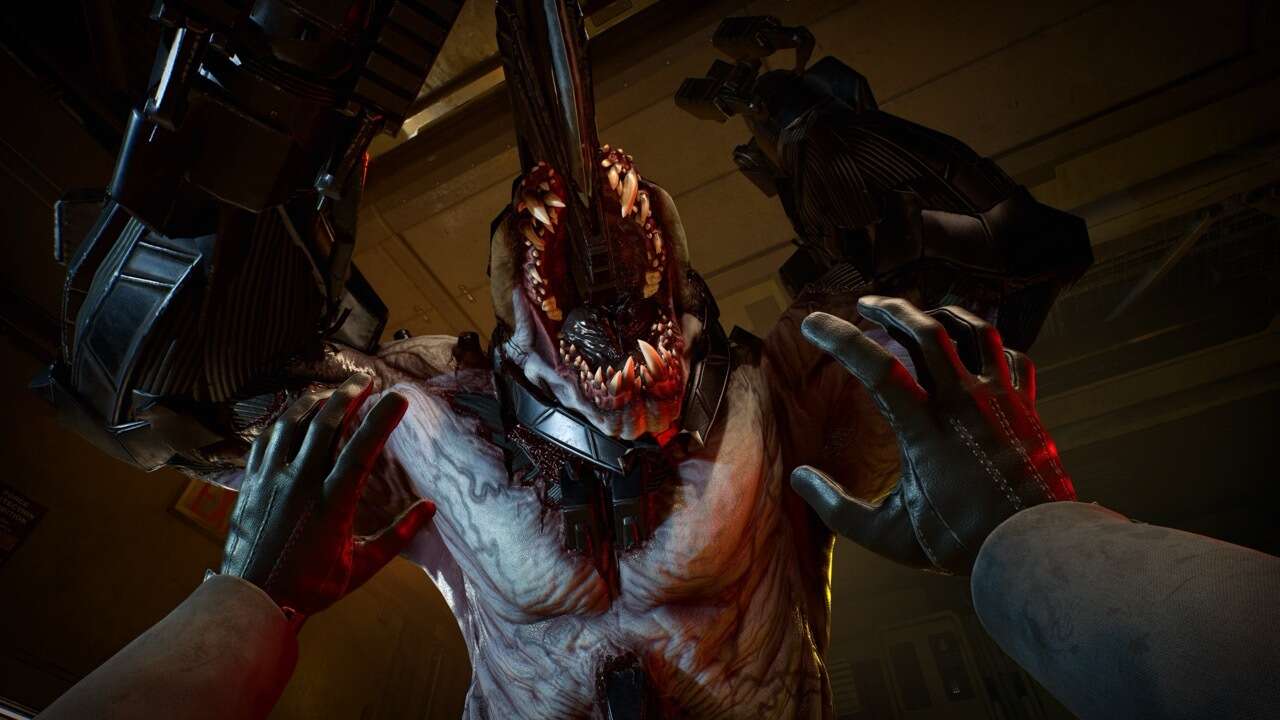
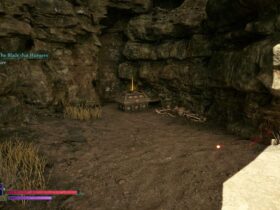

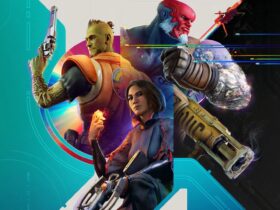
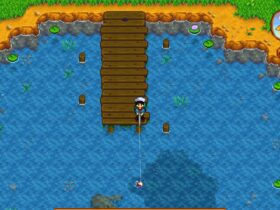
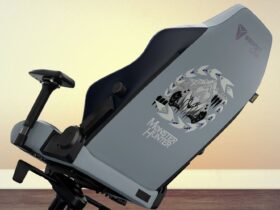
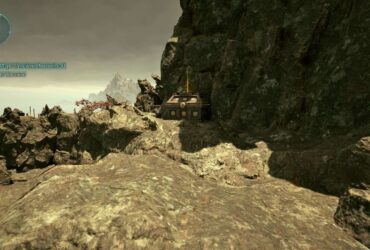
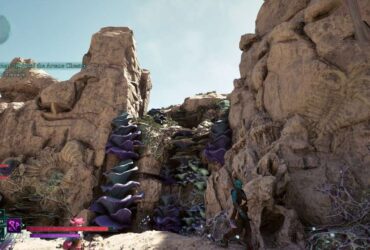

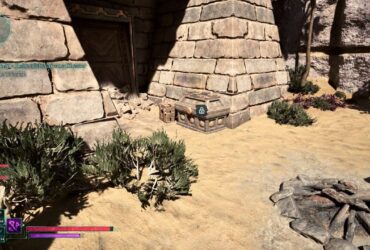
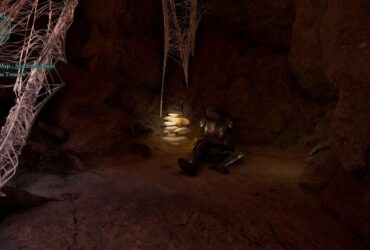

Leave a Reply